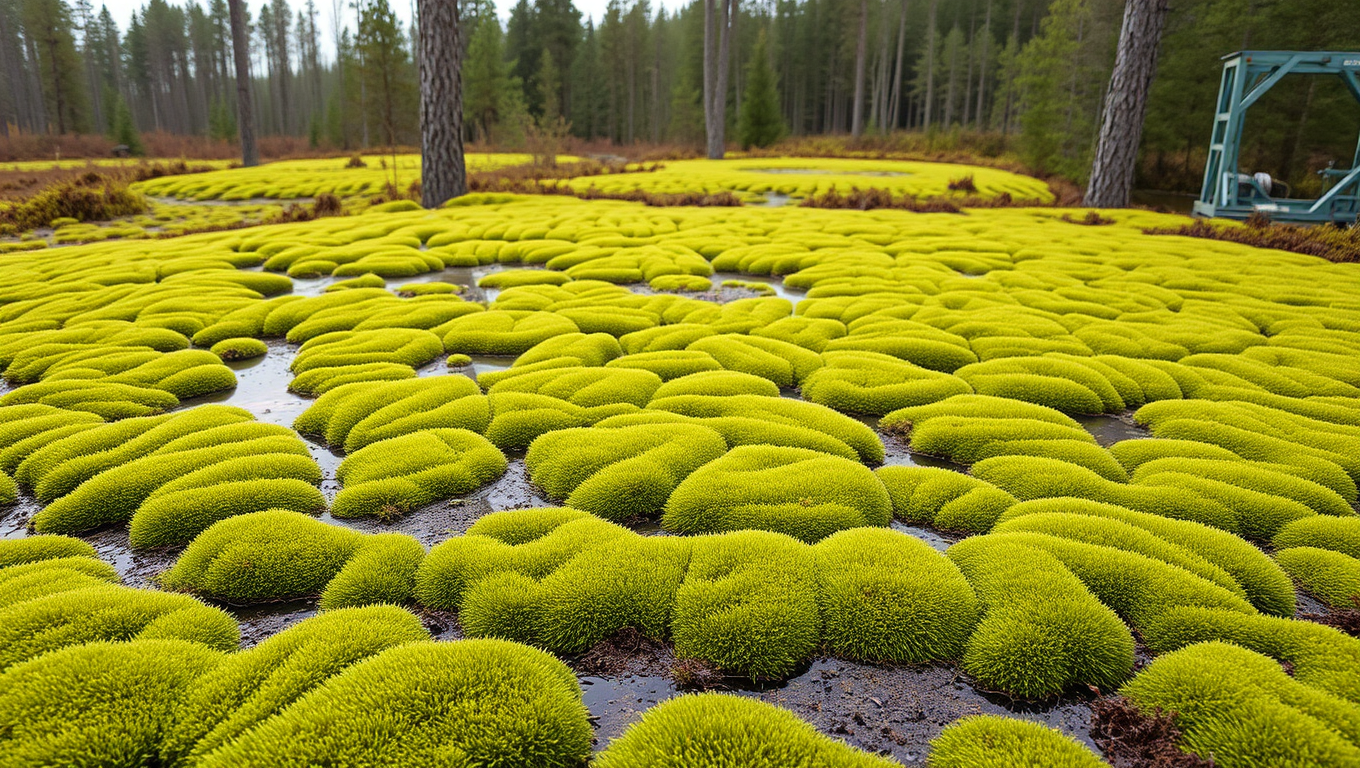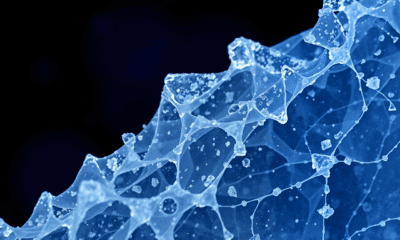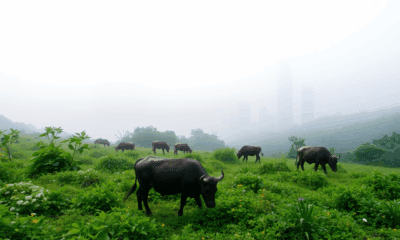While we try to keep things accurate, this content is part of an ongoing experiment and may not always be reliable.
Please double-check important details — we’re not responsible for how the information is used.
Earth & Climate
Reviving Peatlands: A Groundbreaking Method Restores Oil Wells Back to Nature with Moss
In what could represent a milestone in ecological restoration, researchers have implemented a method capable of restoring peatlands at tens of thousands of oil and gas exploration sites in Western Canada. The project involves lowering the surface of these decommissioned sites, known as well pads, and transplanting native moss onto them to effectively recreate peatlands. This is the first time researchers have applied the method to scale on an entire well pad. The study found that the technique results in sufficient water for the growth of peatland moss across large portions of the study site.

Earth & Climate
“Unveiling the Invisible: Scientists Capture High-Resolution Images of Wind-Wave Interactions on the Open Ocean”
A laser-equipped research platform has, for the first time, photographed airflow just millimeters above ocean waves, revealing two simultaneous wind–wave energy-transfer tricks—slow short waves steal power from the breeze, while long giants sculpt the air in reverse. These crisp observations promise to overhaul climate and weather models by clarifying how heat, momentum, and greenhouse gases slip between sea and sky.
Diabetes
The Hidden Cost of Climate Change: A Threat to Food Quality and Human Health
Climate change is silently sapping the nutrients from our food. A pioneering study finds that rising CO2 and higher temperatures are not only reshaping how crops grow but are also degrading their nutritional value especially in vital leafy greens like kale and spinach. This shift could spell trouble for global health, particularly in communities already facing nutritional stress. Researchers warn that while crops may grow faster, they may also become less nourishing, with fewer minerals, proteins, and antioxidants raising concerns about obesity, weakened immunity, and chronic diseases.
Air Quality
The Hidden Threat: How Feral Honey Bees Are Displacing Native Bees in Southern California
Feral honey bees, once celebrated for their agricultural value, are now threatening native ecosystems in Southern California by monopolizing pollen sources and overwhelming native pollinators. A new study reveals they remove up to 80% of pollen in a single day, severely disrupting food sources for over 700 species of native bees. Despite their benefits to agriculture, these invasive bees dominate nearly all bee biomass in the region and even produce lower-quality offspring when pollinating native plants. The findings urge conservationists to rethink beekeeping practices, especially near threatened bee populations and natural preserves.
-

 Detectors3 months ago
Detectors3 months agoA New Horizon for Vision: How Gold Nanoparticles May Restore People’s Sight
-

 Earth & Climate4 months ago
Earth & Climate4 months agoRetiring Abroad Can Be Lonely Business
-

 Cancer4 months ago
Cancer4 months agoRevolutionizing Quantum Communication: Direct Connections Between Multiple Processors
-

 Agriculture and Food4 months ago
Agriculture and Food4 months ago“A Sustainable Solution: Researchers Create Hybrid Cheese with 25% Pea Protein”
-

 Diseases and Conditions4 months ago
Diseases and Conditions4 months agoReducing Falls Among Elderly Women with Polypharmacy through Exercise Intervention
-

 Albert Einstein4 months ago
Albert Einstein4 months agoHarnessing Water Waves: A Breakthrough in Controlling Floating Objects
-

 Chemistry3 months ago
Chemistry3 months ago“Unveiling Hidden Patterns: A New Twist on Interference Phenomena”
-

 Earth & Climate4 months ago
Earth & Climate4 months agoHousehold Electricity Three Times More Expensive Than Upcoming ‘Eco-Friendly’ Aviation E-Fuels, Study Reveals





























